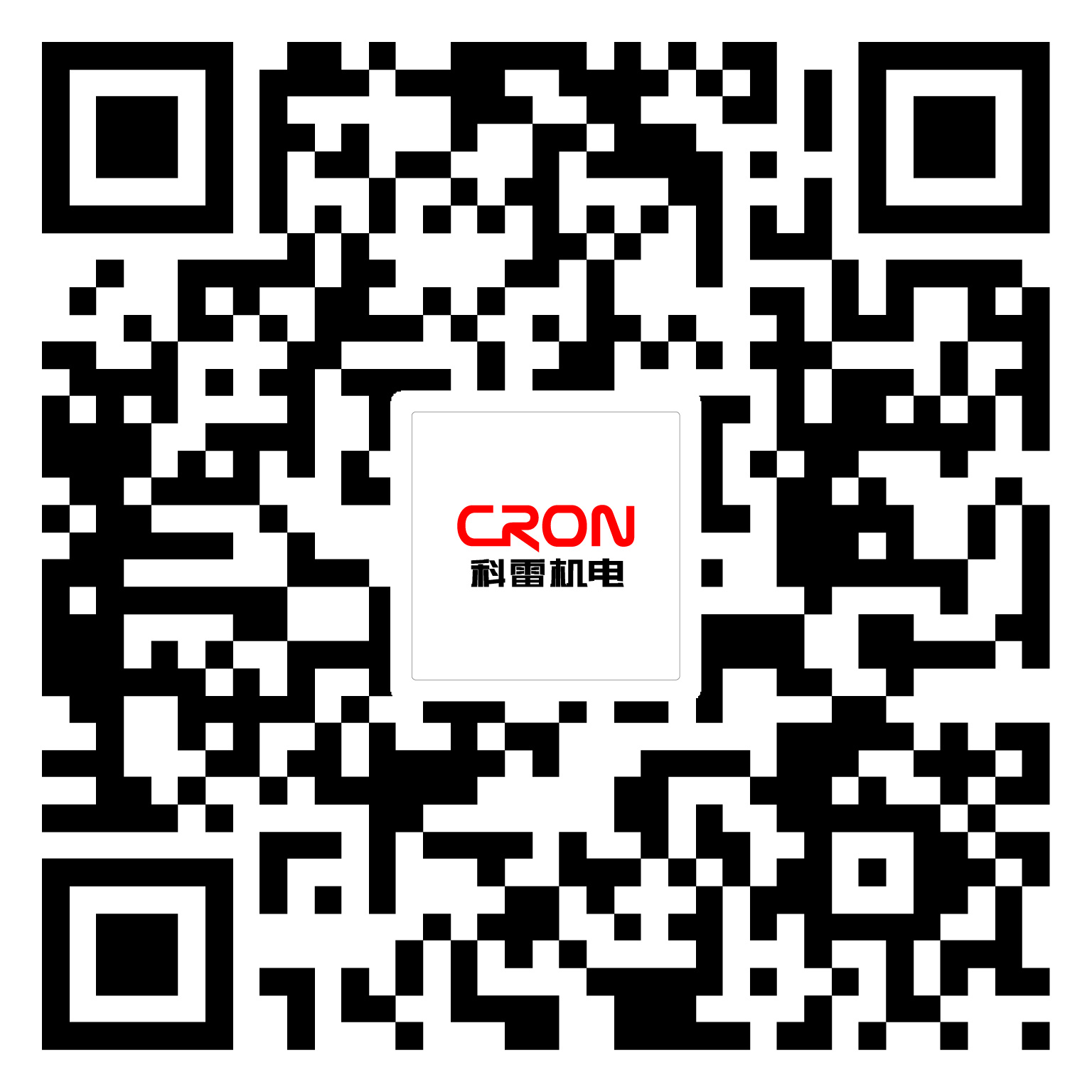Understanding Flexographic Printing Machines: A Comprehensive Guide
Release time:
2024/12/30
Source:
Kerei Electromechanical
Flexographic printing machines represent a significant advancement in the field of printing technology, particularly in the packaging and labeling sectors. These machines utilize a flexible relief plate to transfer ink onto a variety of substrates, making them versatile for printing on materials such as plastic, paper, and even metallic surfaces. One of the key benefits of flexographic printing is its ability to produce high-quality images at high speeds, which is essential for meeting the demands of modern manufacturing processes.
The core mechanism of a flexographic printing machine involves several components, including the anilox roller, which is responsible for transferring ink to the printing plate. The ink is then transferred from the plate to the substrate, creating a clean and precise image. This process is not only efficient but also supports a wide range of inks, including water-based, solvent-based, and UV-cured inks, making it suitable for various applications.
One of the standout features of flexographic printing machines is their ability to print on different types of materials. This flexibility makes them ideal for industries like food packaging, where compliance with hygiene standards is critical, as well as for labels and flexible packaging solutions. The adaptability of these machines enables manufacturers to cater to diverse market needs without sacrificing quality or speed.
Moreover, flexographic printing is known for its eco-friendly capabilities. Many modern flexo machines are designed to minimize ink waste and allow for quick changeovers, which not only reduces downtime but also contributes to more sustainable production practices. This focus on sustainability aligns with the growing demand for environmentally friendly packaging solutions in today's market.
In addition to their practical advantages, flexographic printing machines are increasingly equipped with advanced technology, such as digital controls and automation systems. These advancements enhance the precision and consistency of the printing process, enabling manufacturers to achieve high-quality results with less manual intervention. As a result, the integration of technology into flexo machines is pushing the boundaries of what is possible in printing.
In summary, flexographic printing machines are an integral part of the modern manufacturing landscape. Their versatility, speed, and eco-friendly features make them a preferred choice for businesses looking to enhance their printing capabilities. As industries continue to evolve, understanding the role and benefits of flexographic printing will be crucial for companies aiming to stay competitive in a dynamic market.
The core mechanism of a flexographic printing machine involves several components, including the anilox roller, which is responsible for transferring ink to the printing plate. The ink is then transferred from the plate to the substrate, creating a clean and precise image. This process is not only efficient but also supports a wide range of inks, including water-based, solvent-based, and UV-cured inks, making it suitable for various applications.
One of the standout features of flexographic printing machines is their ability to print on different types of materials. This flexibility makes them ideal for industries like food packaging, where compliance with hygiene standards is critical, as well as for labels and flexible packaging solutions. The adaptability of these machines enables manufacturers to cater to diverse market needs without sacrificing quality or speed.
Moreover, flexographic printing is known for its eco-friendly capabilities. Many modern flexo machines are designed to minimize ink waste and allow for quick changeovers, which not only reduces downtime but also contributes to more sustainable production practices. This focus on sustainability aligns with the growing demand for environmentally friendly packaging solutions in today's market.
In addition to their practical advantages, flexographic printing machines are increasingly equipped with advanced technology, such as digital controls and automation systems. These advancements enhance the precision and consistency of the printing process, enabling manufacturers to achieve high-quality results with less manual intervention. As a result, the integration of technology into flexo machines is pushing the boundaries of what is possible in printing.
In summary, flexographic printing machines are an integral part of the modern manufacturing landscape. Their versatility, speed, and eco-friendly features make them a preferred choice for businesses looking to enhance their printing capabilities. As industries continue to evolve, understanding the role and benefits of flexographic printing will be crucial for companies aiming to stay competitive in a dynamic market.


